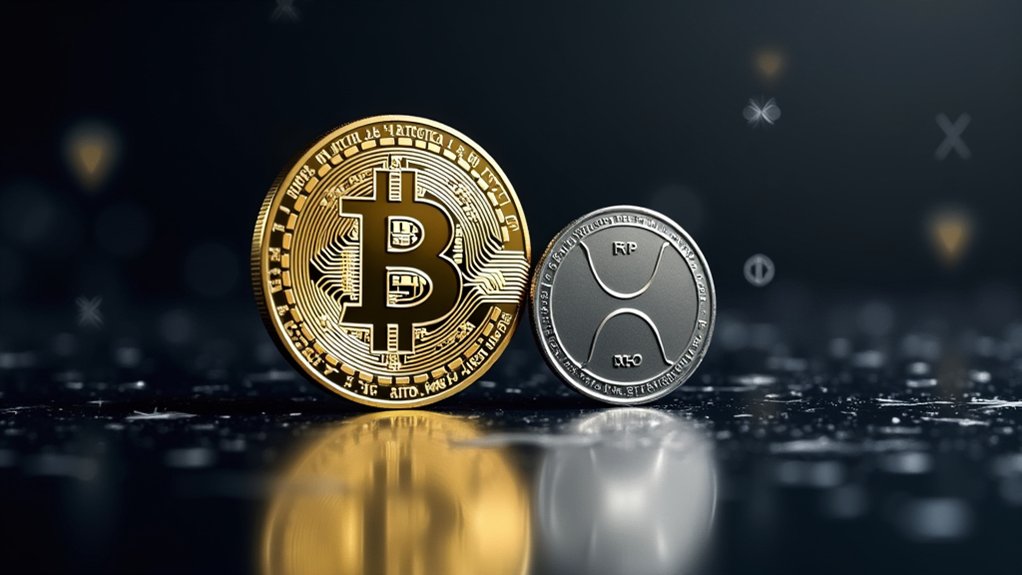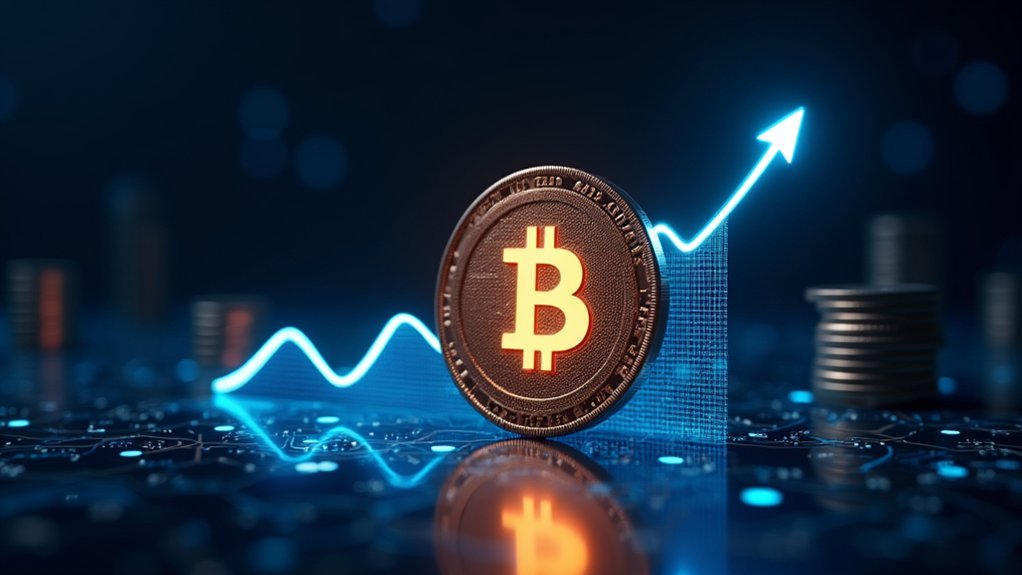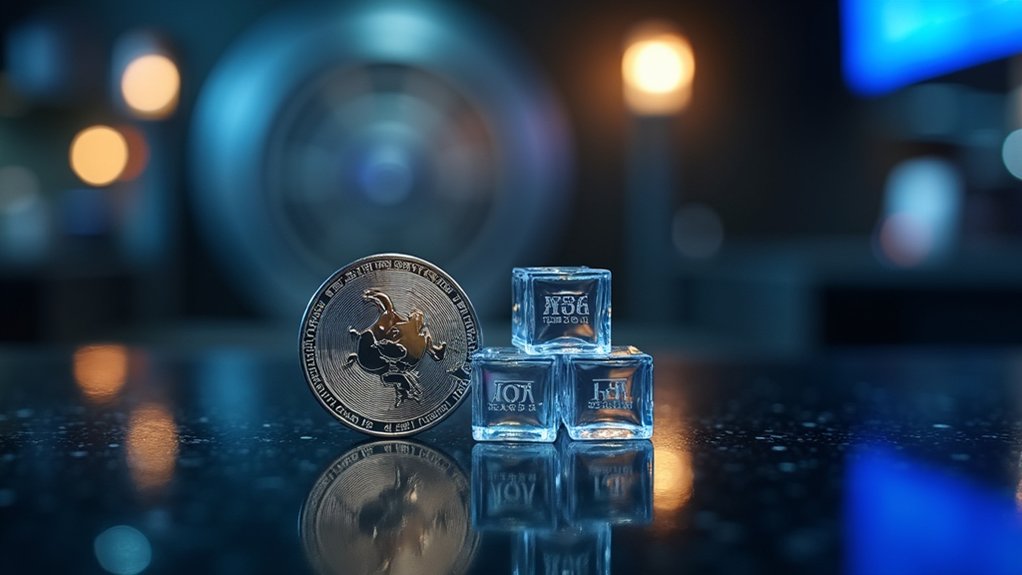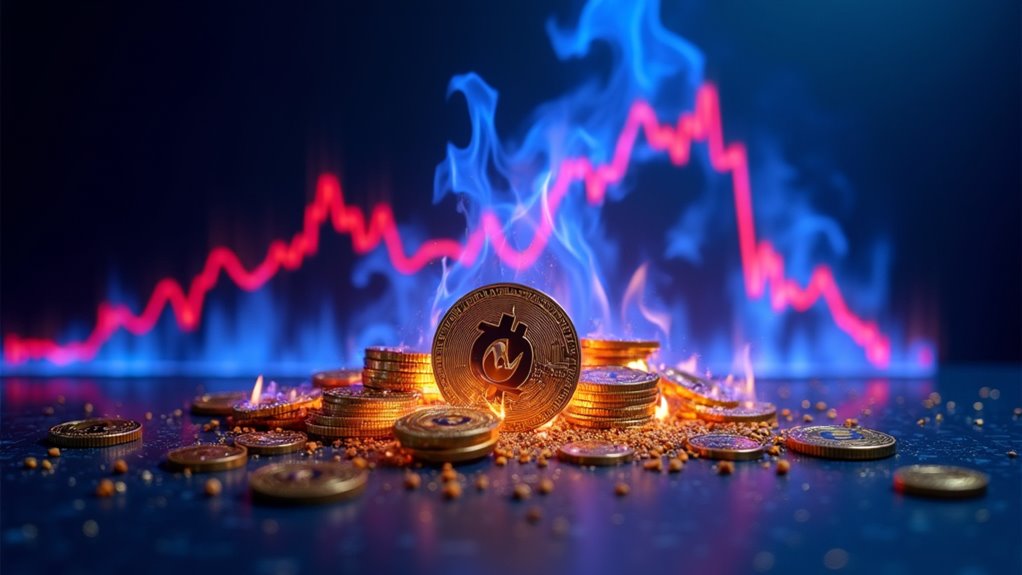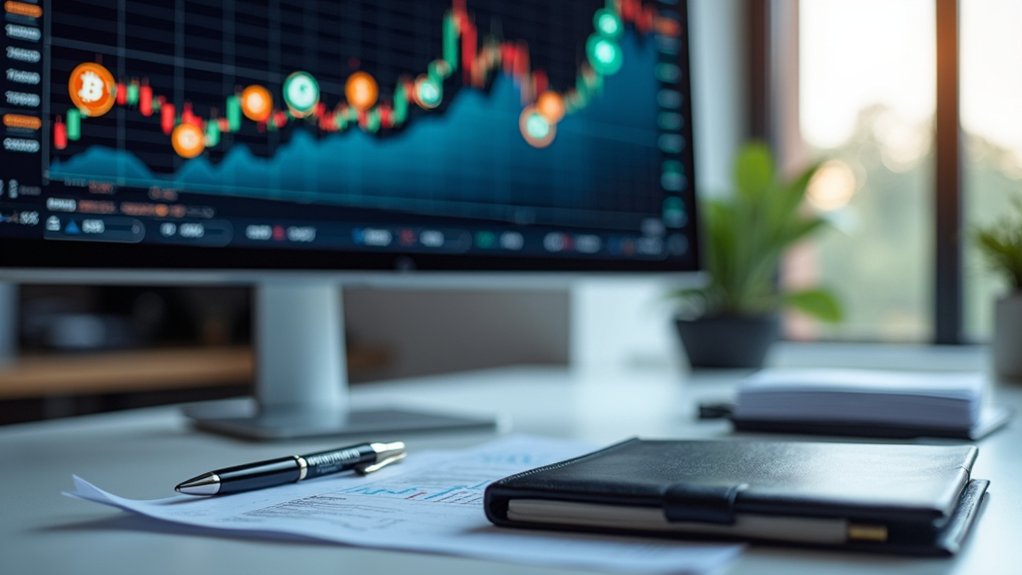How might XRP feasibly challenge Bitcoin’s entrenched supremacy within the cryptocurrency market, considering the substantial disparities in market capitalization, divergent utility paradigms, and regulatory trajectories that characterize their respective developments? Despite XRP’s notably smaller market capitalization, approximately $179 billion compared to Bitcoin’s dominant $2.27 trillion as of mid-2025, the prospect of surmounting this tenfold valuation gap remains encumbered by intrinsic structural barriers, including pronounced regulatory hurdles and pronounced market volatility. Bitcoin’s established position as a decentralized store of value, often analogized to “digital gold,” enjoys a level of regulatory clarity and institutional endorsement that underpins its substantial market resilience, whereas XRP’s trajectory has historically been impeded by regulatory uncertainty, notably the protracted SEC litigation resolved only recently in 2025. This resolution has alleviated some investor apprehension but has not entirely mitigated the residual concerns regarding XRP’s compliance with evolving fintech and payment-specific regulations, which continue to introduce an element of unpredictability affecting its valuation and institutional adoption. Moreover, regional regulatory approaches such as those in the United States and Europe continue to shape XRP’s operational landscape, influencing its adoption and market behavior through frameworks like the Markets in Crypto-Assets Regulation. Moreover, XRP’s utility-driven model, designed primarily to facilitate high-speed, low-cost cross-border payments with a capacity to process approximately 1,500 transactions per second at minimal fees, positions it distinctly from Bitcoin’s scarcity-driven value proposition, which is secured via a capped supply of 21 million coins and proof-of-work consensus mechanisms. This fundamental divergence in use cases suggests that XRP does not directly compete with Bitcoin’s role as a store of value but rather complements it by targeting financial institutions and enterprise payment systems prioritizing transaction speed and efficiency over decentralization. Additionally, XRP’s entire supply was pre-mined and is subject to escrow management by Ripple Labs, impacting its supply dynamics differently than Bitcoin’s halving-driven scarcity model supply structure. Furthermore, Ripple’s role in developing payment infrastructure without controlling the XRP Ledger underscores XRP’s unique position within the broader blockchain ecosystem as a coin operating on its own independent network unique blockchain governance. Consequently, XRP’s price performance has exhibited greater volatility and has yet to reclaim its 2018 all-time high, in contrast to Bitcoin’s persistent upward price momentum supported by increasing institutional confidence and prospective designation as a strategic reserve asset. Therefore, while XRP’s post-litigation stabilization and fintech partnerships may enhance its market presence, the confluence of regulatory complexities and inherent market volatility substantially curtails its capacity to rapidly close the valuation chasm and directly challenge Bitcoin’s entrenched dominance in absolute market value.
Author
Tags
Share article
The post has been shared by 0
people.
